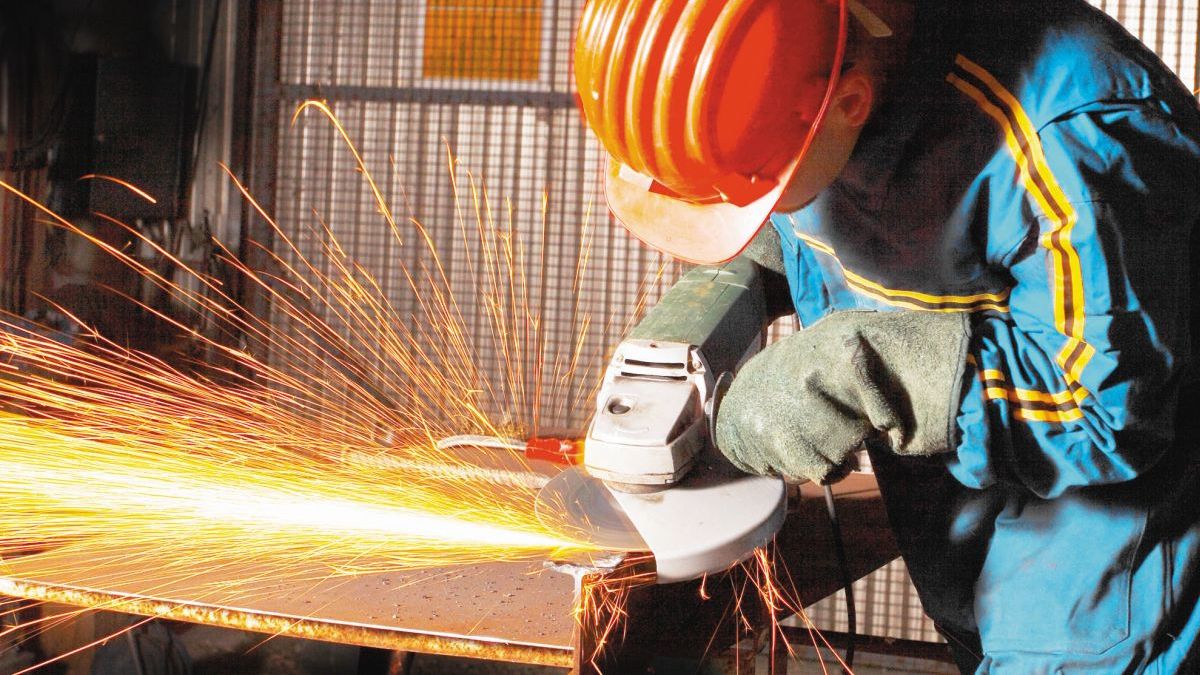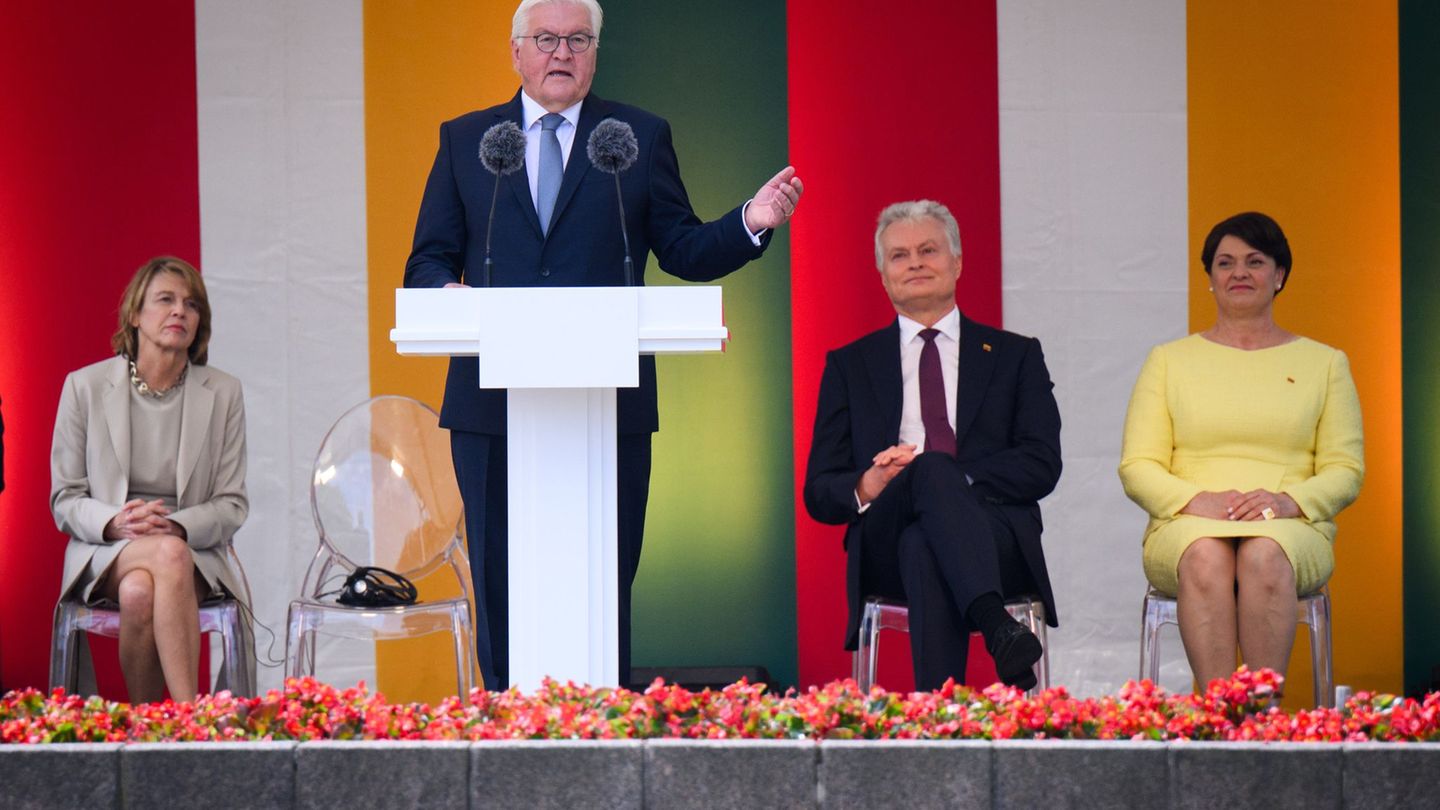The SMEs Argentines are at a crossroads: while the Government decided to make imports more flexible, the national industry pay for raw materials up to 150% more expensive than in neighboring countries.
With the real exchange rate behind, high tax burden, raw materials budgeted at more than double that of the rest of the continent, the industrial sector is going through a complex scenario, where “V” recovery is uncertain and the Government did not announce measures to alleviate the drop in production.
The situation, aggravated by the pro-import policy that the Government began to implement with food and hygiene and cleaning products, looks more than challenging, as warned Gabriel Fernandez, CEO of AFG Engineering and member of the Association of Metallurgical Industrialists. (AIM).
“SMEs face a problem that severely limits their competitiveness in both the local and international markets,” says the businessman. His point lies in the result of a study carried out by AIM: the cost of raw materials in Argentina exceeds between 100% and 150% that of neighboring countries.. “It is a situation that places SMEs in a disadvantageous position compared to international competitors, especially Brazil.”, details the document.
For example, the association observed that, while Brazilian manufacturers can purchase quarter-thick rolled sheet metal for a price ranging from or$su$s830 and US$1000 per tonArgentine companies face significantly higher costs, which vary between u$s1300 and u$s1600 by Ton.
The disparity in prices not only affects the cost structure of these companies, but also, explains Fernández, “puts in check their ability to compete in markets”, where input prices are significantly lower.
Raw material cost vs high wage payment
However, the AIM member focuses on the problem from an angle that is rarely addressed: when it comes to acquiring competitiveness, it is more harmful to pay for expensive inputs than to consider the current labor cost.
Fernández explains the magnitude of the problem with a concrete example: in a company with 15 employees, labor cost is around $8 million. On the other hand, that same company spends about $40 million in raw material, with a minimum surcharge of 40%. This surcharge represents $16 million additional pesos “that could be used to improve salaries of collaborators and invest in more machinery.”
In this way, the businessman concludes that, “contrary to popular belief”, which points to labor cost as the main factor behind the lack of competitiveness, reality indicates that “It is the cost overruns associated with raw materials, along with high financial costs, that are the real culprits of this crossroads.”.
This practice not only generates demotivation and discontent among workers, but also “it causes a drain on talent,” especially in key technical areas for productivity and business growth. Likewise, the CEO of AFG Ingenieria recognizes that there are many SME owners who find themselves in reduced salaries.l “the only possible adjustment variable to keep your businesses afloat.”
That is why AIM detects as a consequence the decrease in the supply of qualified technical personnel. “It is a direct consequence of these decisions” alert, and further aggravates the situation of SMEs, which have not yet received any initiative aimed at industrial policy.
More factors reduce the competitiveness of SMEs
To the overprice of raw materials, we must add other factors that reduce the competitiveness of national companies. For the consultancies Marca Pyme and EPyCathe impact falls even on companies that have the same or more productivity than foreign competitors.
For example, tax pressure in Argentina, what round the 30th% of GDP, but considering the level of informality, it amounts to 55% of GDP. Logistics are added, with a merchandise transportation system that relies mostly on trucks, or the lack of credit offer, which historically ranged around 13% of GDP, below Latin American countries.
The financial cost tied to the financing of imports cannot be ignored either. The rates fluctuate between 6% and the 8% monthly for periods of 30 to 90 days and metallurgical companies face “serious difficulties in financing large supplies or maintaining export operations”, according to Fernández.
““Free competition is not achieved simply by opening markets, but by providing an adequate framework to compete.” assured Pablo Bercovich and Martín Kalos, representatives of the consulting firms. However, they admit that in recent decades “many times they went in the opposite direction to generating greater competitiveness” and SMEs stopped exporting due to lack of a favorable macroeconomic context.
Source: Ambito




